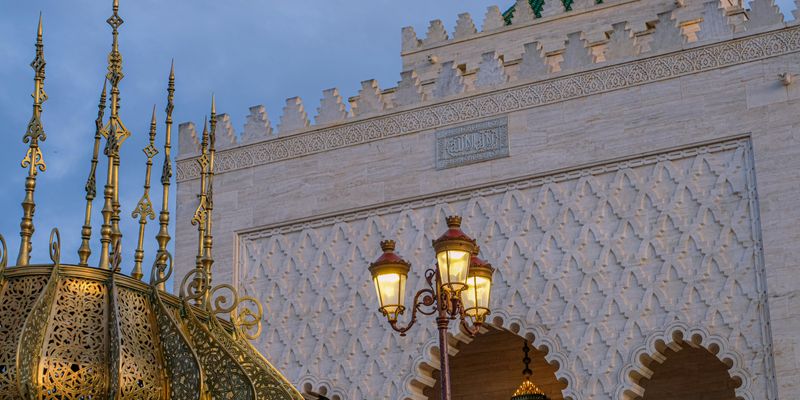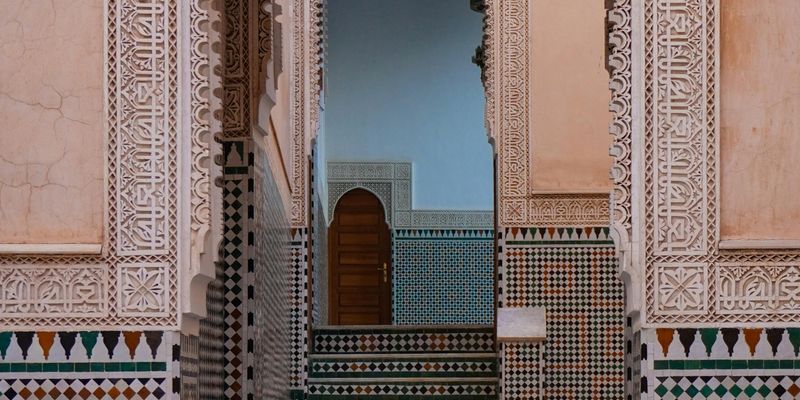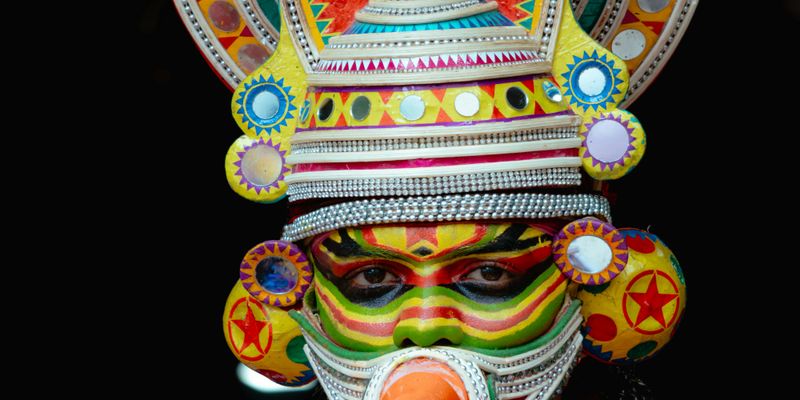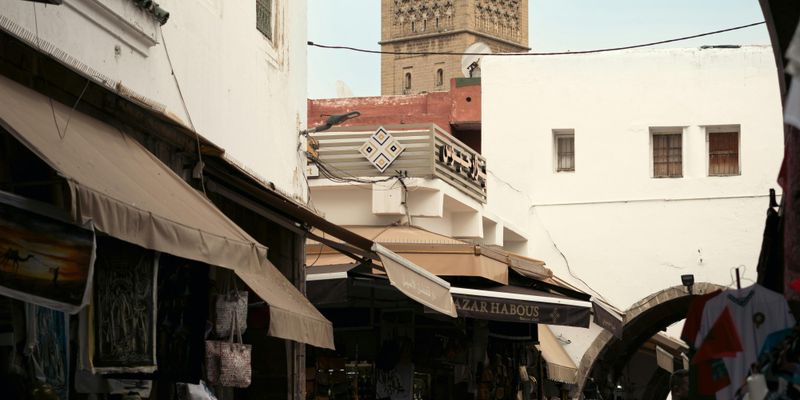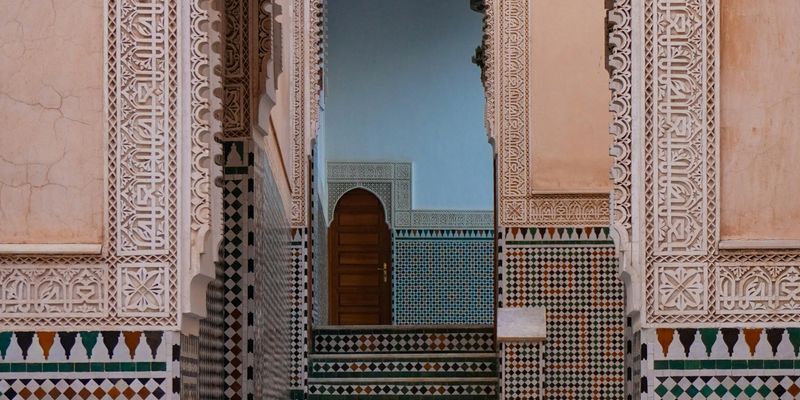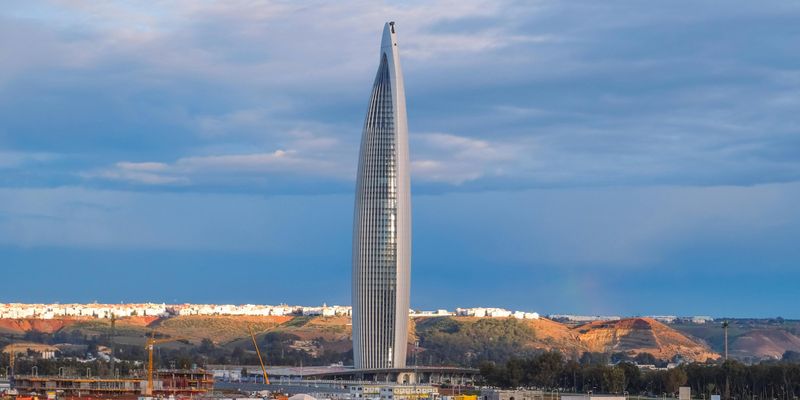
Why Morocco is a Land of Tantalizing Flavors
Welcome, dear readers! If there’s one thing that captures the essence of Moroccan culture, it’s our food. A blend of indigenous Berber, Arab, and even Mediterranean influences creates a culinary landscape that’s as rich and varied as our history. Join me as I take you on a mouthwatering journey through the flavors of Morocco.
The Magical Spice Market
Start your Moroccan culinary adventure at the souks (markets). Walking through the vibrant colors and intoxicating scents of the spice market in Marrakech, you’ll feel as if you’ve stepped into another world. The fragrant spices—like cumin, cinnamon, and ras el hanout (a spice blend that often contains over a dozen spices)—are key to our cuisine.
Don’t hesitate to chat with the vendors; they often share tips on how to cook with their spices. Ask for recommendations, and you might leave with a little bag of harissa (a spicy chili paste) or preserved lemons that add a zesty kick to many dishes.
Iconic Dishes You Must Try
As you travel through Morocco, you’ll encounter iconic dishes that embody our culinary heritage. One cannot talk about Moroccan cuisine without mentioning couscous. Traditionally served on Fridays, it is a staple made from steamed semolina grains, usually accompanied by a tasty stew containing meat and vegetables.
Next up, indulge in a plate of tagine, a slow-cooked stew named after the traditional earthenware pot in which it’s cooked. From lamb with apricots to chicken with olives, every tagine tells a unique tale of flavors and aromas that reflect regional diversity.
Street Food Adventures
Embark on a culinary adventure through the lively streets of cities like Fes and Rabat. Street vendors line the pathways, offering delectable bites like bastilla, a savory pastry filled with pigeon (or chicken) and almonds, all delicately spiced. Pair this with a glass of freshly squeezed orange juice or mint tea—our national drink beloved across households.
The Sweet Side of Morocco
After savoring the savory, it’s time to indulge your sweet tooth. Moroccan pastries, like baklava and korches, are filled with nuts and drenched in honey, making for an impressive dessert experience. Don't forget to enjoy them alongside a warm cup of mint tea, traditionally served in ornate glasses.
A Culinary Reflection of Our Culture
Food in Morocco is more than just sustenance; it’s about connection. Meals are often shared with family and friends, and the act of eating becomes a social event filled with laughter and stories. It reflects our values of hospitality and community.
So, if you ever find yourself in Morocco, don’t just pass through our markets or restaurants; immerse yourself in the culinary traditions that have developed over centuries. Taste the heart and soul of our country in every bite.
Conclusion
Morocco is a land of tantalizing flavors waiting to be discovered. Each dish you try opens a door to our history, culture, and a community that thrives on shared experiences. I hope you’re inspired to explore this side of Morocco, whether on your visit or by cooking up some delicious Moroccan dishes at home!
